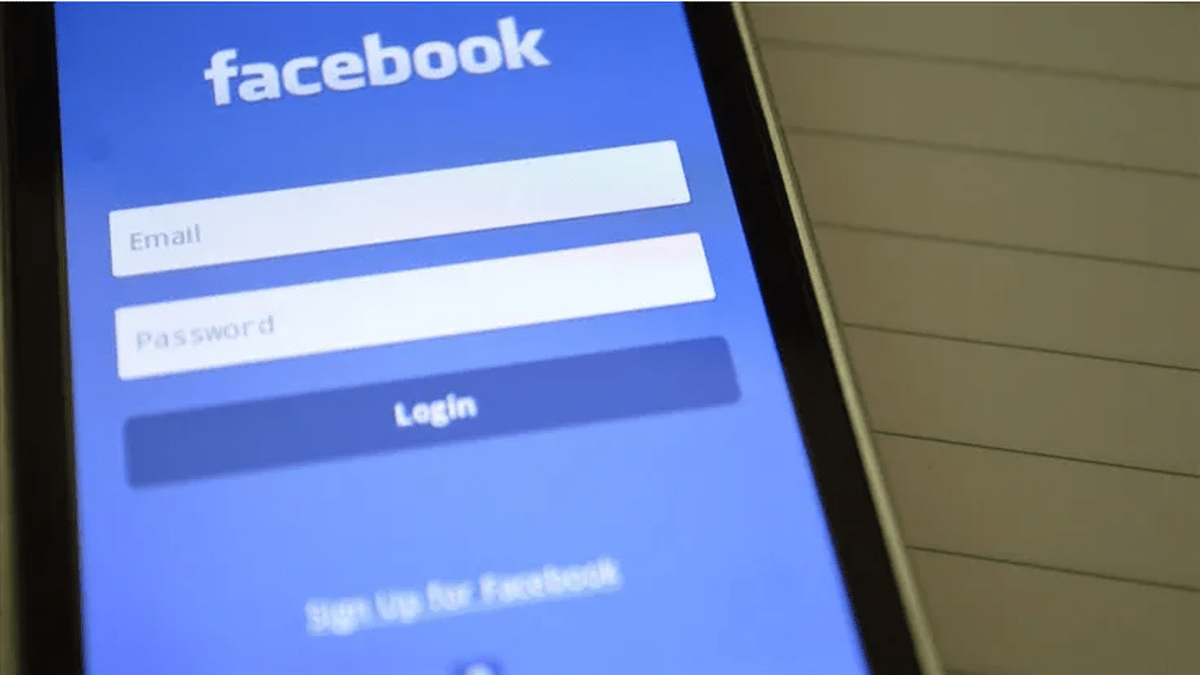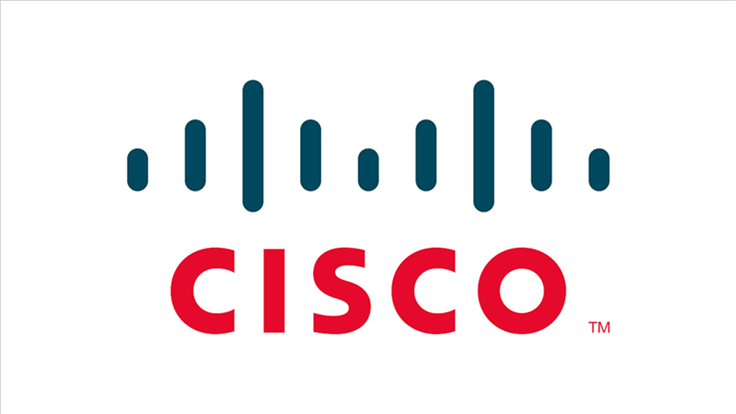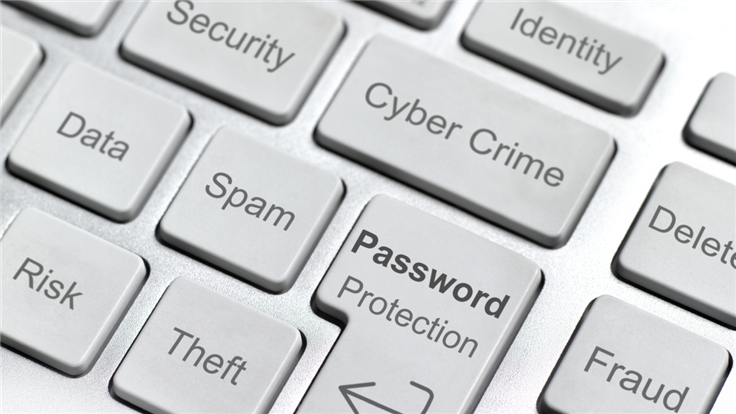A vulnerability, now fixed, in Facebook could have allowed an attacker to take over a Facebook account without the victim needing to click on anything at all.
Tag: brute force
Cisco VPNs without MFA are under attack by ransomware operator
The Cisco Product Security Incident Response Team (PSIRT) has posted a blog about Akira ransomware targeting VPNs without Multi-Factor Authentication (MFA)….
Attackers demand ransoms for stolen LinkedIn accounts
An ongoing campaign targeting LinkedIn accounts has led to victims losing control of their accounts, or being locked out following repeated…
Hundreds of Microsoft SQL servers found to be backdoored
Researchers at DCSO CyTec recently found a backdoor that specifically targets Microsoft SQL servers. The malware acts as an Extended Stored…
A week in security (March 7 – March 13)
Last week on Malwarebytes Labs: Stay safe!
Hackers take over 1.1 million accounts by trying reused passwords
The New York State Office of the Attorney General has warned 17 companies that roughly 1.1 million customers have had their…
Purple Fox rootkit now bundled with Telegram installer
The Purple Fox rootkit is being spread as an installer for the popular Telegram instant messaging app for Windows, according to…
Perkiler malware turns to SMB brute force to spread
Researchers at Guardicore have identified a new infection vector being used by the Perkiler malware where internet-facing Windows machines are breached…
Cybercriminals want your cloud services accounts, CISA warns
On January 13 the Cybersecurity and Infrastructure Security Agency (CISA) issued a warning about several recent successful cyberattacks on various organizations’…
A week in security (December 14 – December 20)
Last week on Malwarebytes Labs we kept you updated on the SolarWinds attack, we warned about the special dangers that come…








